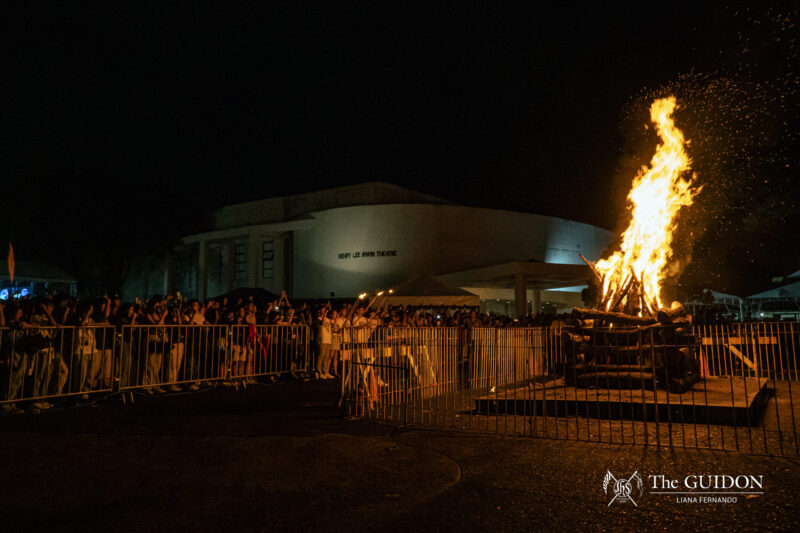THE MONTH of July saw Manila Mayor Francisco “Isko” Moreno circling the city, exercising swift justice to issues dotting the country’s capital. Following the mayor’s inspection of streets, the street vendors crowding Manila’s arteries such as Recto and Carriedo were next on the chopping block. As certain streets became markedly devoid of its signature stalls, some have questioned the fate of the vendors now that they’re deprived of their only means of livelihood.
Moreno’s venture in organizing the street vendors en masse is geared towards his vision for a greener Manila. However, while he intends to resolve one dilemma, his lack of a plan for what comes after has birthed another predicament on the future of displaced street vendors. This has piqued the attention of environmental planning experts and advocates in the country.
A diamond in the rough
In her opinion pieces for CNN and Rappler, former United Nations Human Settlements Programme (UN-Habitat) Local Economic Development Consultant Ragene Palma shared her disgruntlement towards the displacement caused by Moreno’s clearing efforts.
Commenting on the state of our urban fabric in an interview with The GUIDON, she candidly said that it is indeed “chaotic.” However, she also said that there is “beauty in the chaos.” Expounding further, she said, “If you say chaotic, many people say “panget” pag sinabi mo (it is ugly if you mention) urban chaos; but [chaos actually] gives character to the city ”
The chaos is not disorderly mayhem, but rather it is symbolic of the idiosyncrasies that give the city its own distinct charm—which Palma sees in the stall-lined streets of Manila. Tagum City resident Louie Lapat echoed her sentiments when he described his first visit to Binondo as “vivacious, chaotic, [and] always moving.” He added, “[Although Manila is] often tagged as a chaotic urban hub, its charm is magnetic.”
Lamenting the misconceptions people have on urban planning such as holding infrastructure to a higher regard than residents, Palma stressed, “[People] think planning is about… infrastructure when it’s actually about people… it’s primarily about people.”
Palma then questioned the public’s notions about street vendors as obstacles to the city’s design. “[Street] vendors are people. How could they be an obstacle in a city when they are people who use the city? When they’re supposed to be part of the planning?” Palma griped.
“[Were] they actually given dignified spaces?” Palma asserted further. “[Are] they obstacles, or [did] our urban design not provide for them to be able to cope within the city?”
A celebrated culture
It may appear as if the informal sector—street vendors included—do not play a significant role in the economy, but the revenue and contribution they funnel into economic growth are outstanding given their circumstances. The Philippine Statistics Authority (PSA) pegged Php 5.013 trillion as the contribution of street vendors to the Php 14.48 trillion gross domestic product (GDP) in 2016—more than a third of the country’s total GDP that year.
“Street vendors greatly contribute to a city’s culture and economy,” urban planner Patrick Jalasco said. “In terms of local economy, supporting this kind of neighborhood ‘mom-and-pop-shop’ commercial configuration is a much better alternative to malls as Metro Manila’s main areas for commercial activity since it’s a step towards promoting walkability in our cities.”
Apart from their economic value, street vendors play a significant role in Philippine culture as well. In a roundtable discussion by People Make Cities, a group of urbanists, urban planner Julia Nebrija mentioned that “[It’s] the people that make the place alive.” The roundtable, consisting of planners such as Nebrija, Palma, and urban planner Paulo Alcazaren, added how apart from being convenient, street vending provides a sense of character, community, and vibrance to cities.
Indeed, our capital is endowed with vibrant cultural hubs such as Divisoria and Binondo. “[During] Chinese New Year, everyone goes to Binondo. If there’s Pasko (Christmas) everyone goes to Divisoria,” Palma said. “Everyone goes there… yet now, [even the people are seen as] obstacles,” she added.
Palma further stressed, “[There’s] a certain value to [culture] in a place… [a] value that we do not capture because it’s not formal; but people use it [and] people need it.”
Complications and compromises
The removal of street stalls comes at the expense of not only the area’s culture, but also the livelihood of millions of Filipinos. “For someone… earning Php 20 to Php 30 a day for food… Php 1000 a month, what do they do for three months?” Palma said. Similarly, former Manila Mayor Joseph Estrada explained how his consideration for the welfare of the street vendors held him from removing them.
Plans for the displaced vendors’ permanent relocation and organization are currently being laid out—though even that is met with criticism, Palma said. “It’s the same when you relocate them to…[a National Housing Authority] site in Bulacan. They will just come back… It’s ineffective when you remove them from where the markets are,” she explained.
As the issue faced by street vendors seems to spiral deeper, a healthy compromise, Palma suggested, is conversing with the vendors. In Liberia’s capital Monrovia, embattled street vendors organized, earned respect, and eventually worked alongside city officials—serving as an example that street vendors can indeed collaborate with their local government.
Giving Moreno the benefit of the doubt, however, Jalasco said, “[Indeed] evacuations should be done as a last resort action by the government. But for the sake of fairness, we should also look at the context of where Mayor Isko is coming from. [Environmental] and health hazards… a very limited time of [three] years to fix Manila it… becomes more understandable why’d he resort to such drastic actions.”
Regardless, Jalasco concluded that Moreno needs to formulate a plan for the livelihood of the displaced vendors in Manila. “I’ve yet to see a plan coming from his office and I seriously hope that he makes the right decisions with this one,” he said.




